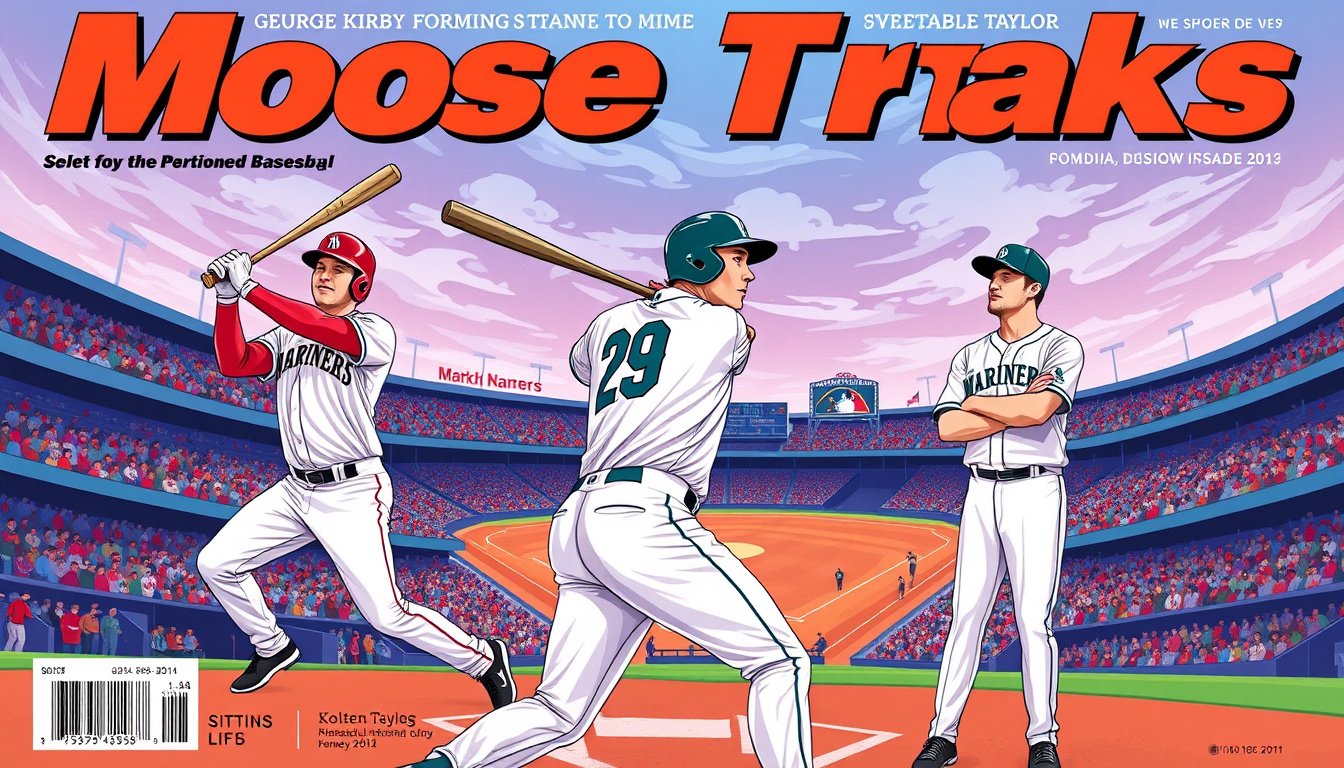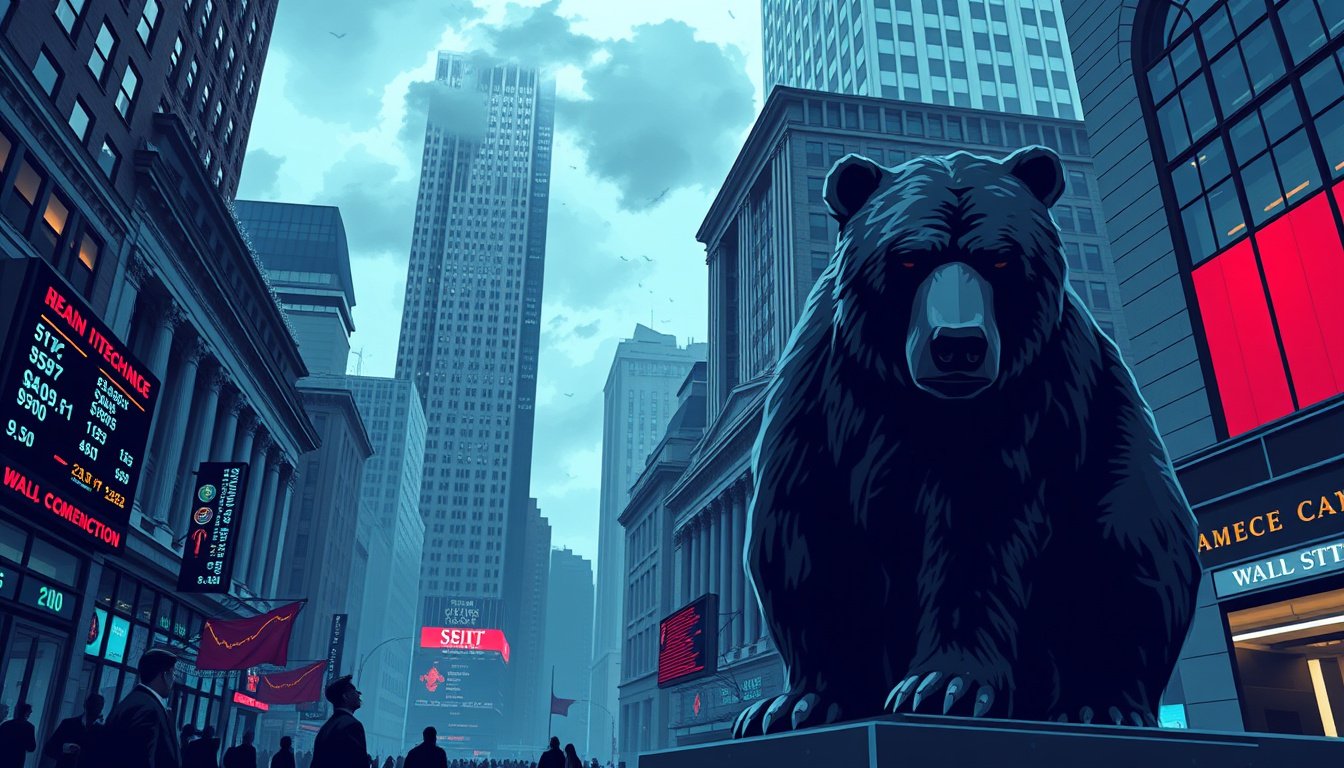The theme park landscape is ever-changing, with new attractions prompting debate among enthusiasts and casual visitors alike. One such development, Celestial Park, rising within Universal’s Epic Universe, has sparked considerable discourse about its potential implications and viability in a competitive realm dominated by heavyweights like Disney. As the only land in Epic Universe that isn’t tied to an existing intellectual property, Celestial Park holds the promise of originality, but many are questioning whether it’s an impressive addition or simply a missed opportunity.
The Concept of Celestial Park
Celestial Park aims to serve as the central hub within Epic Universe, guiding guests through beautifully designed landscapes that merge mythological themes with astronomical inspiration. Spanning seven acres, it features lush gardens, water features, and stunning architecture, designed to create an inviting atmosphere of exploration and relaxation. With fountains that sway and dance along with music, the park seeks to draw visitors into a unique realm reminiscent of iconic areas like Main Street in Disneyland or World Celebration at EPCOT.
Despite its ambitious ambitions, the park has been met with mixed reactions. On one side, fans are captivated by its non-IP novelty, while others express concerns regarding its practicality, especially in Florida’s sweltering heat.
The Allure of Originality
In the universe of sprawling theme parks, the trend has leaned heavily toward leveraging familiar franchises and beloved characters for visitor engagement. Celestial Park counters this by focusing on wholly original concepts—an increasingly rare feat in today’s age. This has undoubtedly struck a chord with die-hard theme park aficionados, leading to high expectations. The park’s concept plays into a nostalgic longing for simpler times, where parks didn’t solely rely on established IPs but instead invited imagination and creativity.
However, originality alone does not guarantee success. The absence of recognizable brands can also pose challenges in attracting a broader audience. Casual park-goers may find themselves less engaged without tie-ins to popular movies or characters, posing a potential hurdle for sustained visitor interest.
The Architectural and Aesthetic Appeal
Celestial Park has been designed with an emphasis on aesthetics. Its architecture leans toward elaborate styles that evoke feelings of wonder, blending elements of Jules Verne’s fantastical worlds with Art Nouveau design principles. Visitors are welcomed into a visually stunning environment, enhanced by evening light shows that feature illuminated fountains synchronized to music. Such efforts highlight Universal’s ambition to deliver a sensory experience that not only impresses the eye but also resonates with a sense of magic.
Yet, this spatial beauty is undermined by practical concerns. During the day, guests often find themselves navigating vast open spaces devoid of shade, leaving them exposed to the oppressive Florida sun. The lack of mature landscaping and adequate shading structures limits the park’s potential for enjoyment during peak hours, transforming it from an inviting landscape to an uncomfortable corridor through which guests quickly pass.
The Debate: An EPCOT Rival or a Failing Concept?
As discussions swirl around Celestial Park, comparisons to EPCOT’s World Celebration arise frequently. Fans of Universal’s endeavor often assert that Celestial Park outshines EPCOT’s recent renovations, suggesting that Universal has successfully stepped up where Disney faltered. However, the debate is fraught with nuances.
While Celestial Park certainly offers more aesthetically pleasing features than its EPCOT counterpart, it arguably lacks the visitor engagement elements that encourage lingering and exploration. Instead of presenting an appealing retreat, it functions primarily as a means of navigating from attraction to attraction—a point noted by critics who insist that the layout diminishes its park-like essence.
Conclusion
As Celestial Park continues to evolve, its future hangs in the balance. Will it emerge as a staple destination that captures guest imagination or will it fall short, becoming a cautionary tale of unfulfilled potential? The discourse surrounding this land is emblematic of the broader theme park experience—balancing the excitement of creative design with the practical needs of guests. In a competitive landscape where innovation is paramount, the success of Celestial Park will ultimately hinge on its ability to transform initial enthusiasm into a lasting legacy. Time will tell if this ambitious venture will rise to become a future icon or be relegated as a missed opportunity in the annals of theme park history.










